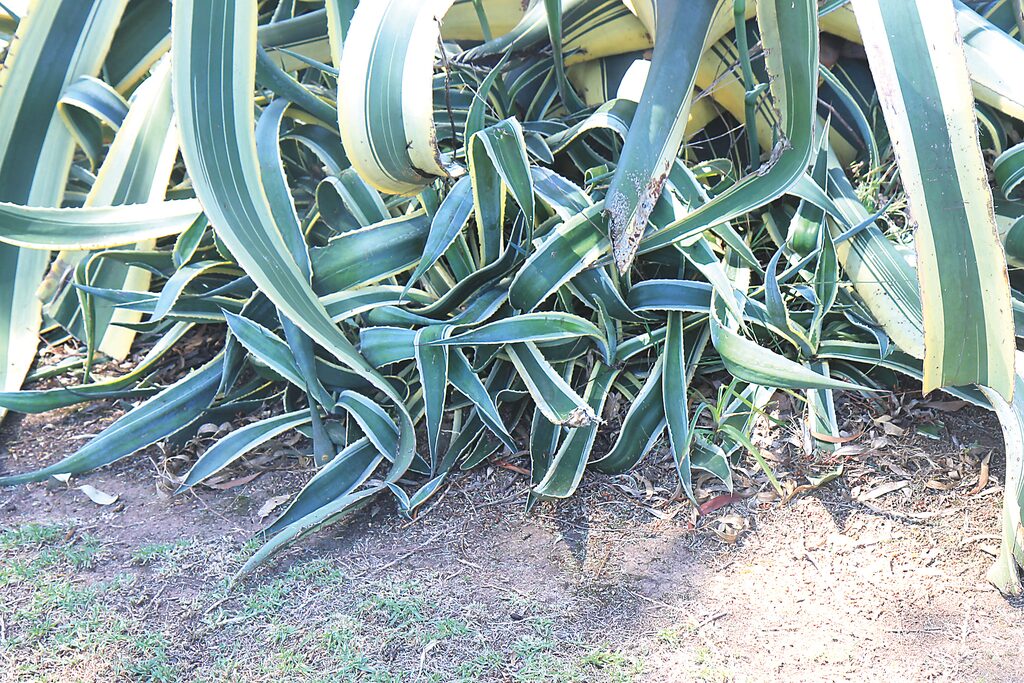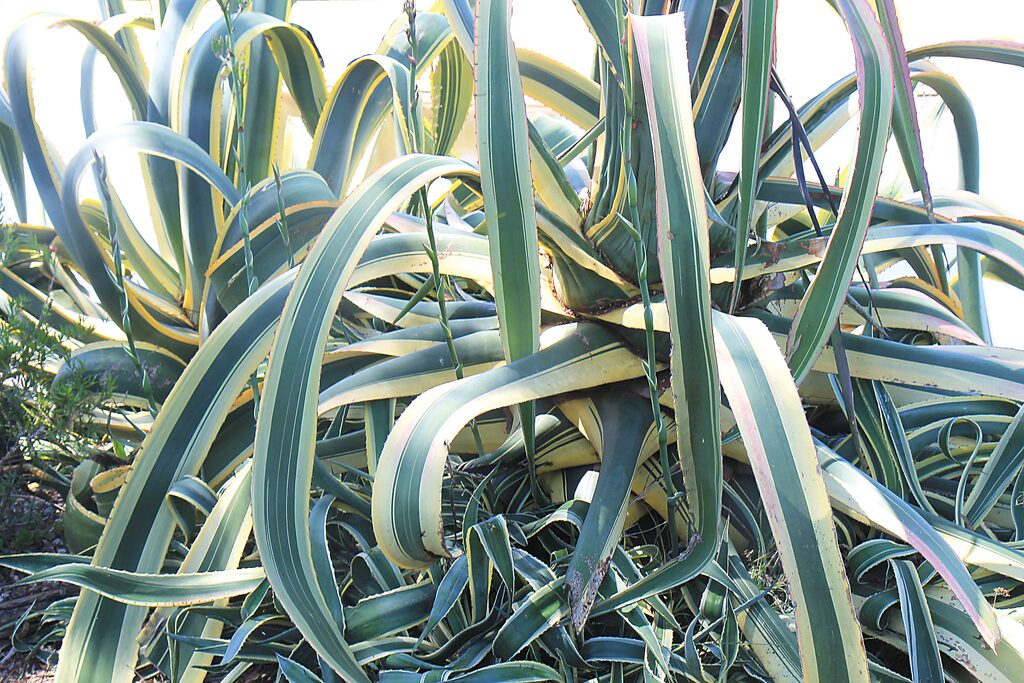By KATRINA BRANDON
HIDDEN away within the Gippsland hills is an agave americana (century or half-century plant) that only blooms every 10 to 25 years.
Now, the time has come for this Gippsland succulent to bloom for the first time in 25 years.
This plant is unique because it is a monocarpic succulent, meaning it only blooms once in its lifetime, and then dies.
According to Planet Desert, caprice translates to flowering or fruit. It said: “monocarpic plant flowers only once, which is why these are also called death bloom succulent”.

“Coincidentally, many from the cacti family are monocarpic. One of the characteristic features of this variety is that the plant will die on its own after flowering. It is a natural process for the flowering succulent plant, and there is nothing a plant owner can do about it.
“These plants cannot sustain for long after sprouting flowers because no energy is left in them. Even if planted in the best soil and watered well, they have no nutrients left to survive further.”
This particular plant, the agave americana, is native to certain parts of the USA and Mexico.
The blooming process takes three to four months and is intriguing to watch develop, according to the owner (who wished to remain anonymous).
“About 25 years ago, I got two small ones (agave plants) from a friend of mine,” the owner told the Express.
“I put them in side by side; they grew. They expanded as they have until their leaves were approximately two-and-a-half to three meters long. The plant appeared brilliantly all of the time, with beautiful green foliage and a lovely yellow.
“Out of the blue, about four months ago, a spike appeared in one of the two, and that spike came out of the centre and grew about an inch to an inch-and-a-half per day, every day non stop. It was staggering. It kept going up and up and up.
“It’s now at its full height because it is about to die, about eight meters high. About three days ago, the foliage started, the branches came out, but nothing on them. All of a sudden, there were fist-sized clumps on the end. They expanded and fully grown. There are hundreds of very little, spiky flowers.”

Initially, the century plant was named such because people thought it only bloomed once every 100 years, as no one had seen it bloom. Later, they discovered that the plant typically only lived for 10 to 30 years, giving it the name half-century plant.
The plant has sharp spines throughout the base of the succulent and then later on grows a stem when it is ready to bloom. It also thrives in hot and dry conditions. Succulents are known to be hardy plants, and the half-century plant is no exception to this description.
While blooming, the agave americana produce ‘offsets’ or ‘pups’ as they bloom.
The Gippsland-located plant can reach up to eight metres tall and is at the tail end of its bloom cycle. This is often when it attracts pollinators such as bees, hummingbirds, and some species of bats.
For more information on the agave americana or half-century plant, visit: gardenia.net/plant/agave-americana-century-plant











